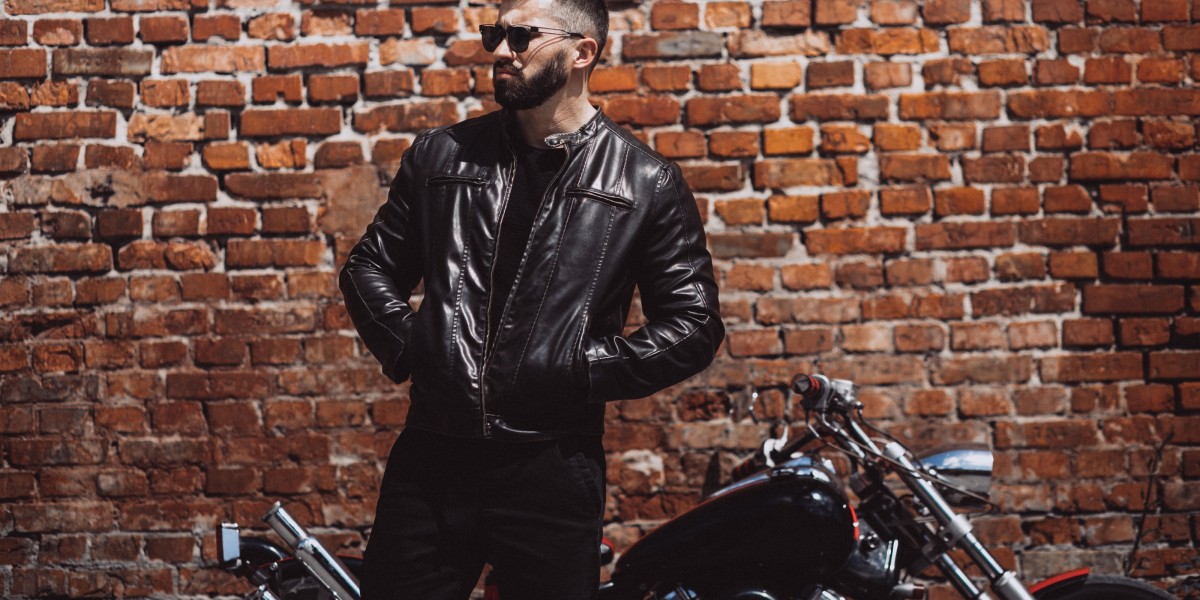The motorcycle jacket is more than a piece of protective gear; it is an icon. It carries with it a legacy of rebellion, freedom, and rugged individualism, immortalized in film and folklore. Yet, beyond its off-the-rack symbolism lies a deeper realm of personal expression and functional artistry: the world of the custom motorcycle jacket. This is not merely a garment one buys, but one that is created—a collaborative project between wearer and artisan that results in a second skin, uniquely tailored to the rider’s body, style, and journey. It represents the convergence of safety, identity, and craftsmanship, transforming a standard piece of equipment into a personal manifesto on two wheels.
The story of the motorcycle jacket begins in the early 20th century, born from pure necessity. As motorcycles evolved from novelty to primary transportation, riders needed protection from the elements—wind, rain, dust, and debris. Early jackets were simple, durable layers, often made of horsehide or heavy cowhide for their abrasion resistance. Following World War II, the jacket solidified its cultural status, becoming synonymous with a new, rebellious spirit. Its design, characterized by an asymmetric zipper, a wide collar, and sturdy hardware, was perfected for function but adopted as a uniform of identity. While production jackets served this iconic role, they often represented a collective identity. The desire for a personal identity—a jacket that fit not just the body, but the soul of the rider—gave rise to the craft of customization.
The journey of a custom jacket begins with a conversation. It is a dialogue between the rider and the maker, a process of translating vision into tangible form. This starts with the selection of the hide, the very foundation of the jacket. Each type of leather offers distinct characteristics. Thick, grainy bullhide provides maximum abrasion resistance and a rugged, broken-in aesthetic that develops character over decades. Goatskin is lighter and more supple, offering excellent mobility and a distinctive pebbled texture. Horsehide, historically prized for its dense fiber structure, forms a hard, protective shell that molds to the rider’s body over time, creating a personalized fit unlike any other. For some, modern materials like technical mesh or armored textiles are incorporated into the design, blending classic style with contemporary protection. This initial choice is the first step in defining the jacket’s personality—its weight, its drape, and how it will age with the rider.
The heart of the custom process is the fit. A production jacket fits a generic set of measurements; a custom jacket fits the individual. Precision measurements are taken across the shoulders, back, chest, arms, and torso, often while the rider is in a riding position. This attention to ergonomics ensures that the jacket feels natural and comfortable when crouched over handlebars, not just when standing straight. The sleeves are calibrated to be the exact length to cover the wrists when arms are extended, and the back is often elongated to prevent riding up. This meticulous tailoring eliminates the break-in period of stiff, ill-fitting leather, creating immediate comfort without sacrificing the security that comes from a firm, protective layer. It becomes, in the truest sense, an extension of the rider’s body.
Beyond fit, customization is the language of personal narrative. This is where a functional garment becomes a wearable biography. For many, this means integrating practical elements that reflect their riding style. This could involve adding strategic ventilation zippers for climate control, mapping out pockets for specific tools or personal items, or creating internal accommodations for back, shoulder, and elbow armor. For others, the narrative is visual. The art of tooling, dyeing, painting, and patching allows riders to inscribe their stories directly onto the leather. A hand-tooled design might commemorate a first bike, a custom dye job might reflect club colors, or a painted panel might illustrate a personal motto or a landscape from a memorable journey. Patches from places visited or events attended are meticulously placed, each one a chapter in an ongoing story. This transformative process ensures that no two custom jackets are alike; each is a singular artifact of its owner’s life on the road.
The relationship between protection and identity is seamlessly woven into the custom jacket. Safety is not an afterthought but a fundamental design parameter. The selection of the leather itself is a safety decision, with thickness and tannage chosen for its tear strength. Reinforced stitching in high-stress areas like the shoulders and seams is standard. The maker can precisely place pockets for CE-certified armor at the elbows, shoulders, and back, ensuring the pads remain exactly where they are needed most during impact. This integration of protection is so deliberate that it becomes invisible, inherent to the jacket’s structure rather than added on. The rider is left with a piece that offers superior safety without compromising on the sleek, classic lines that define motorcycle style.
A custom leather jacket is also an investment in legacy. Unlike mass-produced items, it is built to last a lifetime and beyond. The very nature of its construction—from the quality of the materials to the reinforced stitching—ensures unparalleled durability. Furthermore, as the jacket ages, it participates in a beautiful dialogue with its owner. The leather develops a rich patina, darkening in areas frequently touched by the sun and forming unique creases at the elbows and shoulders that map the rider’s movements. Scuffs and scratches are not flaws but badges of honor, each one a memory of a road traveled. This evolution tells a visual story of adventure and experience. And because it is made with care, it can also be repaired with care. A torn liner can be replaced, a scuff can be conditioned, and armor can be upgraded, allowing the jacket to adapt and evolve for decades.
In a contemporary context, the custom motorcycle jacket stands as a powerful counterpoint to a culture of mass consumption. It champions slow fashion, skilled craftsmanship, and sustainability through longevity. The process of creating one requires patience, collaboration, and a deep understanding of the materials involved. It is the antithesis of the disposable garment, representing instead a commitment to quality, individuality, and the preservation of artisan traditions.
Ultimately, a custom motorcycle jacket is far more than a protective shell. It is a piece of functional art, a personal crest, and a trusted companion for the road. It is the result of a partnership between maker and rider, a garment that offers the perfect synthesis of safety, comfort, and identity. It begins as hide and thread and is transformed through vision and skill into a wearable legacy—a second skin that tells a story long before the engine ever turns over







